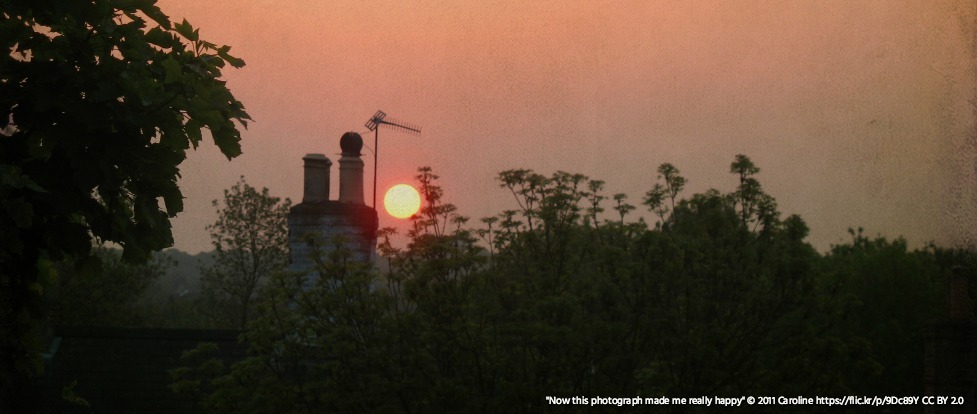I’m a lawyer by training, but my day job is to develop applied research that may allow people to enjoy the benefits of the Internet. There’s a lot of people involved in this field, and my part is to look at where technology and regulation meet.
I came across community networks a couple of years ago. I’d been working a lot on Internet access, human rights and connectivity issues and net neutrality.
One of the hot topics in that debate is zero rating. What these practices mean is a provider sponsors a given app, like Facebook, or a type of apps, making it possible for you to access for free only the specific applications, while billing the rest. And while this is talked about as a way to bridge digital divides, I don’t agree. The greatest thing about the Internet is that it allows every individual to access but also create and share content and applications, freely, with all the other connected individuals. I think if you can only access certain services, well, you become simply an app consumer.
So I was looking for an alternative way of providing sustainable connectivity. Sustainability is critical. We need to make sure the Internet stays open and allows everyone to have the possibility to do things. To use the Internet to make their life better, to learn, to be entrepreneurs to communicate and associate. The may many of us start to use the Internet is you buy Internet access from a provider. Like you are a consumer who’s buying bread. But that is not the Internet. The Internet is about opportunities and connecting people. With community networks, you have members of local communities building their infrastructure. It is like realizing that you can bake your own bread locally, meeting the needs of your community, rather than paying a supplier that is frequently not interested in coming to your area. That is an amazing thing. People aren’t simply consumers of community networks; they build them! They become real key players in connectivity. It’s the Internet as its founders envisioned it, a network of networks, and you can create your network. So actually, it’s one of the most extraordinary, empowering things we could have.
The problem is that not a lot of people know how to build these networks There are a lot of legal and regulatory issues that could hinder or prevent a network. For example, in France, copyright law states Internet users have an obligation to secure their Internet access connection. This way, users are responsible for any copyright infringement that happens. So that means that users cannot freely share their connection. The purpose of this is to protect copyright, but the collateral effect is that it makes it hard to build community networks.
Helping people work through issues like this is why I co-founded the Dynamic Coalition for Community Connectivity (or DC3) at last year’s Internet Governance Forum. The goal of this Coalition was to have people interacting. You have a lot of smart, brilliant people, researching or doing things, creating community networks, but they don’t ever meet. So, when they stay in their silos, maybe they are doing cool things, but they could be doing even cooler things if they knew each other’s and interact and collaborate with each other. They could be an example for other people that can learn from them and do the same things or even better. I have personally met a lot of really clever and passionate people in this field that are also becoming good friends.
Part of what we’re doing is starting with simple things. For instance, we prepared a report that could serve as a manual for people interested in creating their networks or for organizations willing to promote them. A further step will be to elaborate detailed instructions, like a model, so that people in unconnected areas can start looking at it and build their own networks. Even in rich countries, rural areas tend to be underserved by traditional Internet Service Providers because it is not lucrative for them to expand the network out there. But when people in local communities and local administrations know that they can create their network, and they have guidance on how to do it, then connectivity becomes a lot more possible. There are lots of these examples among DC3 members. In India or Colombia, people are using TV white spaces — unused spectrum bands that were allocated to TV stations — to create wireless community networks. Altermundi, in Argentina, and Guifi.net, in Spain built wireless community networks exploiting what they called “cantennae,” which were just repurposed Pringles cans, to make wireless antennae. Guifi.net is now one of the largest community networks in the world and covers the entire in Catalonia region, in Spain.
This year, for the IGF, we’re going to be pretty active. We are organizing four different events, we are promoting our report and our Declaration on Community Connectivity, and most importantly, we’re going to be connecting people. We’re just excited to get all these people who are interested in community networking in one room. We have a so much to learn from each other.
mpressed by Luca’s story? Tell your local policy maker. Share this and the Policy Framework for an Enabling Internet Access and help make access possible. Keep watching our blog throughout the week for our Community Networking Series.
You can also meet Luca as part of the 2016 Internet Governance Forum. Here’s how to take part .

